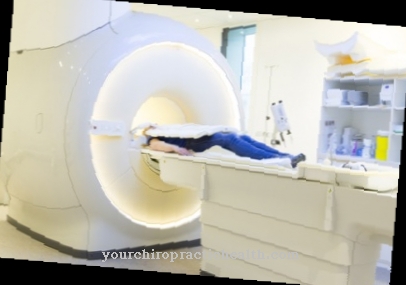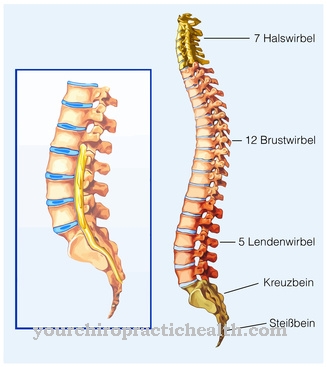Callusesthat are flatter than corns are usually found in heavily used areas of the foot, e.g. B. on the heel or the ball of the foot, sometimes also on the hands during heavy physical work (e.g. chopping wood or construction work). They are a protective mechanism with which the skin reacts to repeated strong pressure in the same places. Calluses usually cause a burning pain. A number of home remedies that our ancestors used successfully are presented here.
What helps against calluses?

To relieve pain when walking, it is advisable to pad the shoes to compensate for pressure and thus cushion the weight that is on the calluses.
To do this, cut strips of foam rubber or felt and glue them into the shoe on both sides of the pressure point. Another pad is glued behind the pressure point. Ladies who have calluses or corns should also avoid wearing high-heeled shoes. In general, you should make sure that the shoes you wear fit well and are comfortable. If the shoes are too big, shuffling the foot back and forth causes the skin to become irritated, which can lead to calluses.
Footwear that is too tight also leads to pressure points, which can result in corns or calluses. If calluses appear on the heels, shoes that are open at the back should not be worn. Shoes made of synthetic or with plastic soles and stockings made of synthetic fibers are also taboo. They also stimulate the production of the sweat glands.
In connection with friction, this can also lead to skin irritation and, in the medium term, to callus formation. As a preventive measure, you should often run barefoot in summer and harden the soles of your feet by coming into contact with different soil structures.
|
|
|
Quick help
In folk medicine, a nettle foot bath is often used to remove calluses. To do this, fresh nettles (stems and leaves) are soaked for twelve hours in a vessel with five liters of cold water.
This cold approach is then carefully warmed up, leaving the herbs in the water. In the warm foot bath, the feet are bathed for about twenty minutes and the calluses are softened. If you mix the bath with a little olive oil and a few teaspoons of sugar, a peeling effect is created, which supports the subsequent removal of the calluses. A foot bath made from heavily diluted chamomile tea also softens the hardened areas of the skin and has a calming effect.
Boil a teaspoon of dried chamomile flowers in a quarter of a liter of water and let it steep for ten minutes. Strain and add to the warm bath water. Brown tea stains can then be removed with warm water and a mild soap. Dry feet carefully and massage in a moisturizing cream.
Alternative remedies
Alternatively, an onion compress has proven itself. For this, half an onion is cooked soft in a little vinegar. Then drain off the vinegar and let the soft onion cool. Mash to a pulp with the smooth side of a meat mallet.
Apply the mass to the calluses, cover with a cotton cloth and fix with a gauze bandage. Put on a sock made of natural fibers and leave it on overnight. The next day, remove the remains of the dried-on pulp with a damp cloth and remove the softened callus with a file. A coarse corneal rasp is less suitable because it can even stimulate corneal production, especially if used improperly. Wash and apply lotion to your feet after the treatment.
An aspirin paste can also help remove the hard, dead skin of the calluses. For this mixture, 5-6 aspirin tablets are pulverized and mixed with a tablespoon of lemon juice. The mass is then applied to the keratinized areas, the foot is wrapped in plastic wrap and a warmed towel and left for ten minutes.
The heat build-up allows the paste to penetrate the tissue more intensively and loosen the calluses. After the end of the exposure time, the remnants of the mass are removed with a damp cloth and the affected areas of skin are treated with pumice stone. However, people with an aspirin allergy should refrain from this form of treatment.




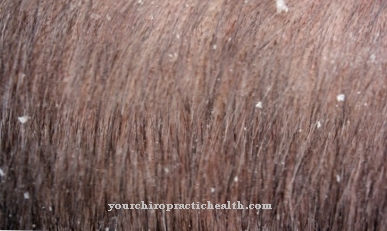
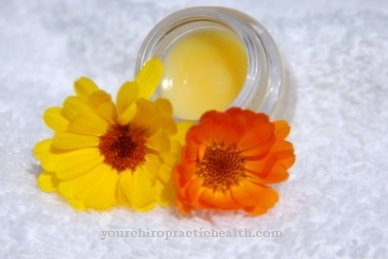
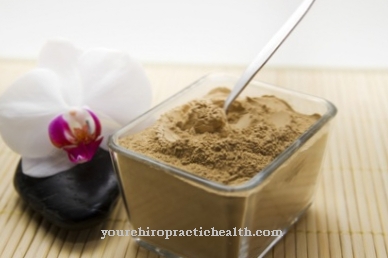
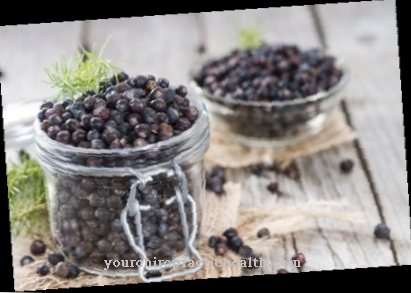
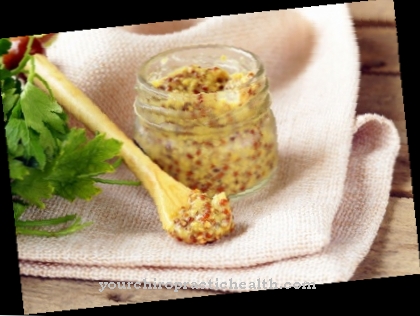



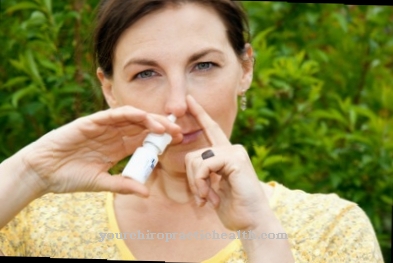





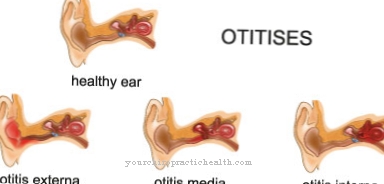
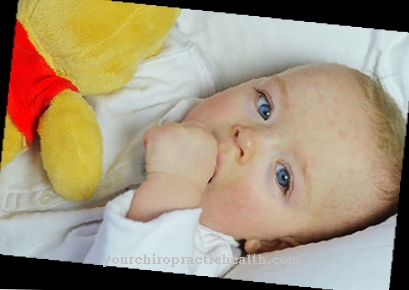



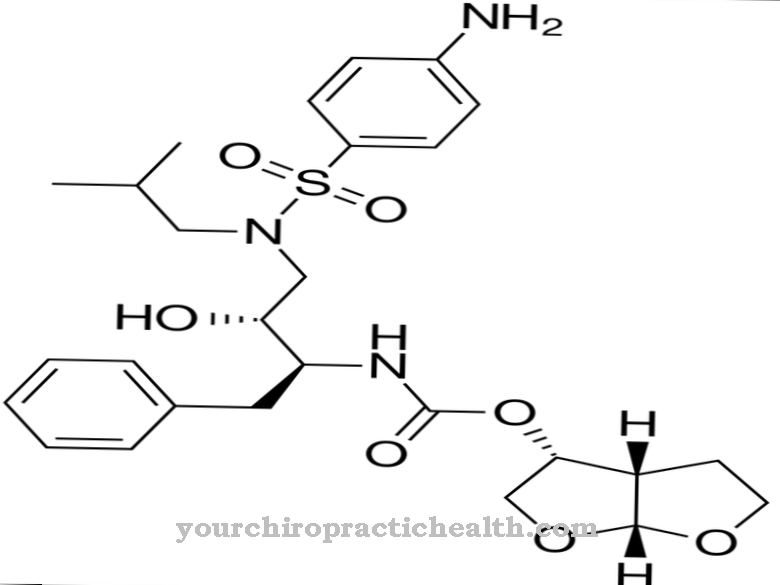


.jpg)
